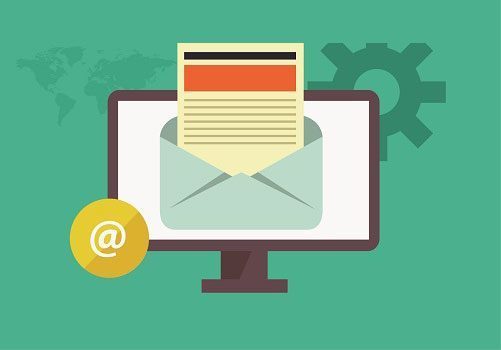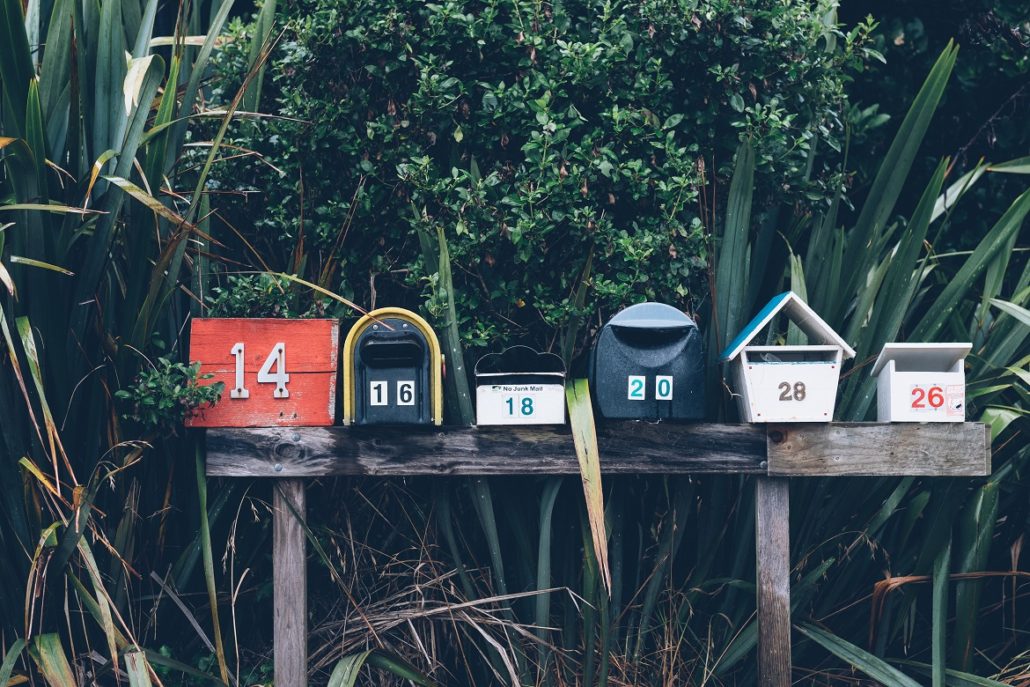What Makes an Effective Email Marketing Campaign
Email marketing has consistently been a number one strategy for many online businesses
People send and receive up to 200 emails per day on average (Radicati). A staggering fact, you have to admit. However, not all of those emails get through to the recipients. Some are left unread, and some don’t even pass the email filters and end up buried in the junk folder.

People send and receive up to 200 emails per day on average (Radicati). A staggering fact, you have to admit. However, not all of those emails get through to the recipients. Some are left unread, and some don’t even pass the email filters and end up buried in the junk folder. Still, email marketing has consistently been a number one strategy for many online businesses. It’s the strategy that generates the highest ROI and thus the one businesses are most likely to turn to. They create campaigns hoping to reach the readers, but a large percentage of them never does, which is why it’s helpful to have these tips in mind.


Image: https://unsplash.com/photos/fb7yNPbT0l8
Quality mailing list
The first and perhaps one of the most important prerequisites for an effective email marketing campaign is a quality mailing list. You have to address the people who are genuinely interested in what you have to say. The process of creating a quality mailing list starts with successful lead generation. To attract quality leads, you’ll need quality content to share online. Through this process, you generate potential sales contacts and this way you actually gather email addresses of those who are interested in reading your emails. These contacts are most likely to interact with you in future email campaigns, and thus you’re more likely to have success with your campaigns.Segmentation of the mailing list
Accurate segmentation of the mailing list is another thing that will hugely impact the outcome of your campaign. It’s what helps you create more personalized and targeted emails which also means that these are more likely to perform better. There are many ways to segment the list. The best approach is to define what you need to know about your target group to make the segmentation more effective. Instead of a name or a surname as common fields in segmentation form, perhaps a job function is a more important field to have in your form. Apart from subscribing to your newsletter, your subscribers might not have much in common. They might be of different age, they might live in different locations, etc. Ultimately, they might not be in the same phase of the sales cycle. Since the state of mind of the recipient directly affects the efficiency of the message, the best option is to segment the list based on different criteria and thus customize the message you send to each group. Don’t assume that your content will appeal to everyone on your list, just because they are your subscribers. To go even a step further, besides the subscription or download form, you could try to get even more data about your subscribers. For example, if you have information about the prior purchases, this might be helpful to find out which content to offer to the subscribers to make the campaign more effective. For more information about what list segmentation is and how to start segmenting the list, take a look at this useful guide: How to Segment Email Lists for More Opens, Click-Throughs and Conversions. This leads to personalization as the next factor affecting campaign effectiveness.Personalized approach
An effective email is personalized. It’s an email that speaks directly to the recipient. It starts with addressing the recipient by name, but it should go beyond. It should ask a question the recipient can identify with. It should have a personal anecdote or a joke that the recipient can relate to. When reading, the recipient should feel as if you’re reading his or her mind. With this approach, when you use the language that feels and sounds familiar, you are more likely to encourage feedback and clicks. For this personalized approach to reach its highest potential, you should also introduce personalization as a way to present yourself. This means that you should create personas behind the email, representatives who are relatable and approachable, rather than sending from an impersonal company email address. Elements that can help you with this part of personalization include adding photos, name, role in the company, etc. If you want to dig deeper into this topic, check out this helpful article introducing different ways to personalize an email campaign: 6 Email Personalization Techniques That Go Beyond a Name.Catchy subject line
More than third of all the emails are opened based on the subject line alone. The power of these couple of words is so immense that it can literally soar your campaign or predestine it to fail. A subject line should summarize what’s inside the email, but don’t reveal too much. It should be concise and it should be designed with the campaign goals in mind. For example, if you run a time-sensitive campaign, adding a sense of urgency would be recommended. On the other hand, if it’s a lead nurturing campaign, make sure you feel the recipient special by highlighting the exclusiveness of this email or offer. Essentially, a lot will depend on the type of campaign you run. In general, a catchy subject line should ideally:- Use action-oriented verbs to encourage clicks
- Tell what’s inside the email
- Make the recipient feel special
- Feature an offer they can’t say no to
Valuable content/offer
The techniques above will help with refining your message and maximizing its efficiency, but ultimately the content is what matters. What you actually share with your subscribers should meet high-quality standards, it should feature the content that is encouraging, inspiring and action-oriented. Your campaign has specific goals and achieving those goals will make your campaign efficient. One of the best ways to do so is through amazing content or offer. Creating valuable content does take time but it is what will bring you success. It starts with understanding your target group, understanding what they want and need, and this helps you tailor your email marketing campaign accordingly. With content, it’s crucial to keep it simple and relevant. Be direct and share only the most essential information with your target group. Not only does this save time in which case the recipients are more likely to read through the email, but it also helps you with one concrete goal – get the readers to your website. Valuable content should be a sneak peek of what they can expect on your website, so make the readers curious about what more you can offer.Engaging CTA
A CTA (call to action) is a link or a button that is supposed to encourage the action you find valuable for your business. If your goal is to get your email recipients to click on a button or link, to make a campaign effective, you have to use a powerful CTA. The main purpose of the CTA in an email campaign is to drive traffic to your website or to a specific landing page. This is where you’re expecting to convert the visitors, this is where they’ll find more information about the topic shared through email. A CTA is a sort of a channel that links the two, and for it to be effective it should be:- Carefully positioned
- Clearly visible
- Concrete and specific
- Clickable (Tappable)
